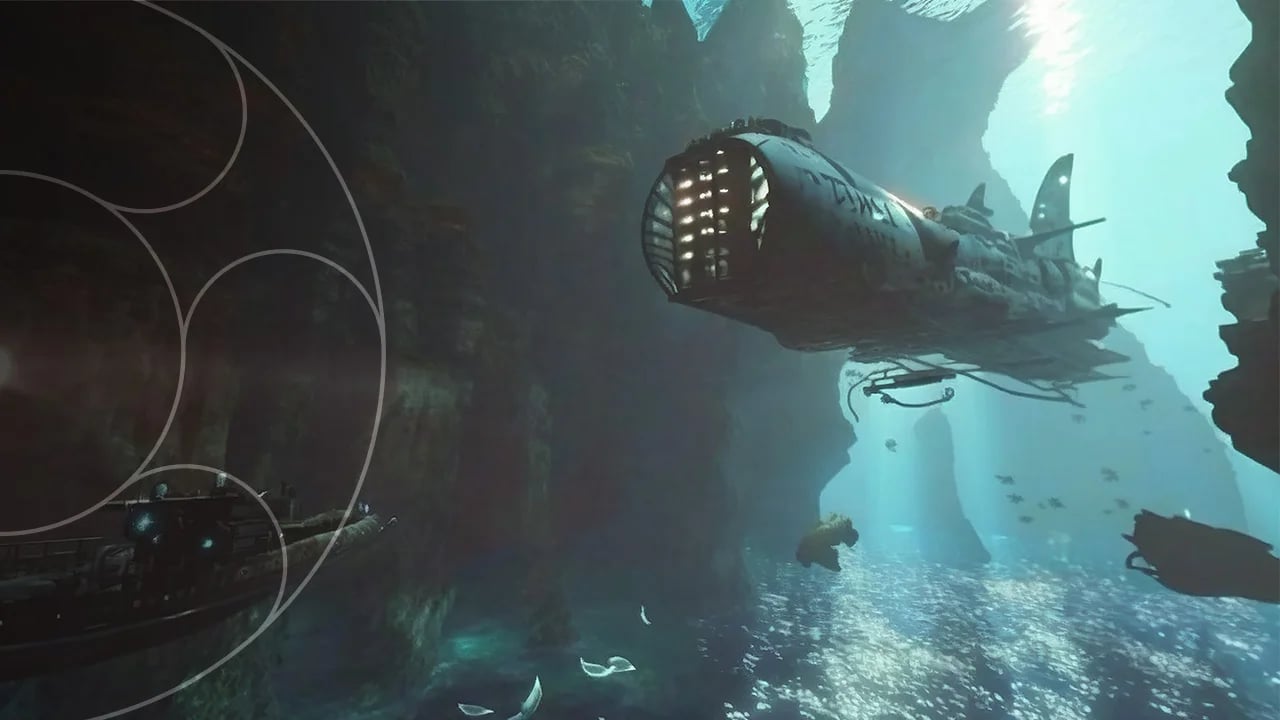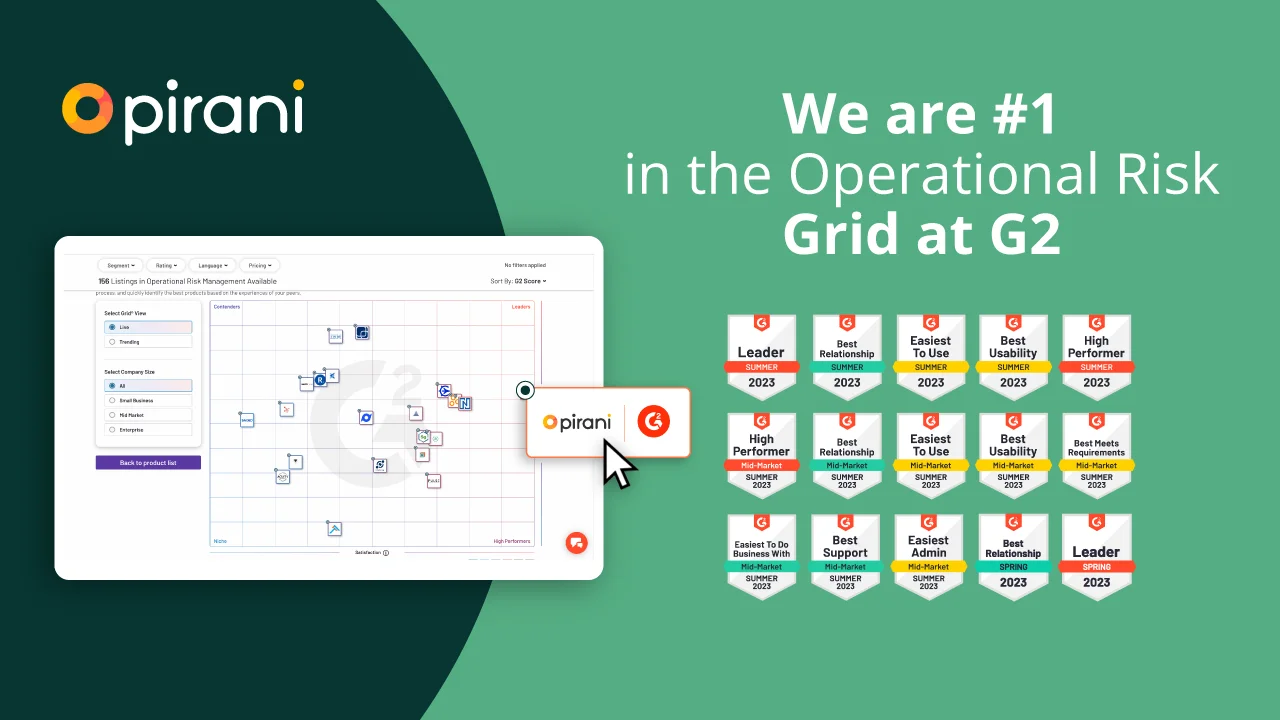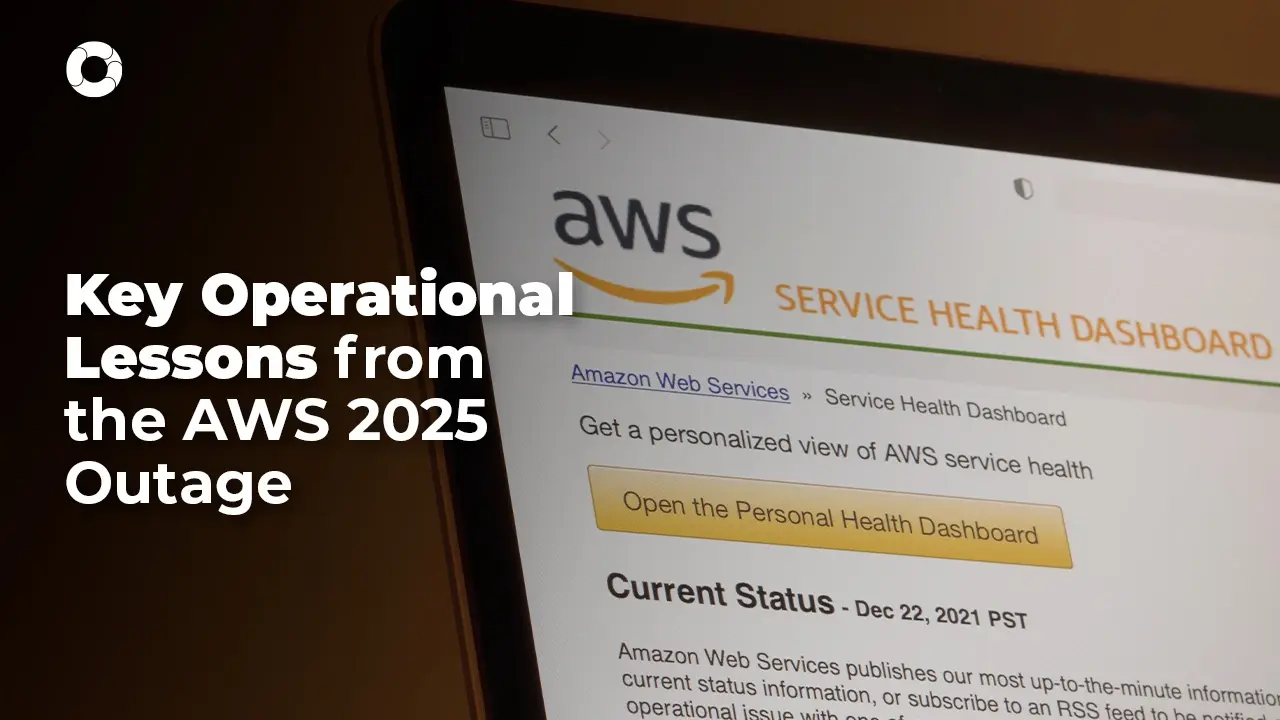
The Titan submersible was a tool created especially for exploring the Titanic wreck in the deep ocean. Such explorations required a comprehensive risk management plan to ensure the crew's safety and the expeditions' success. For these reasons, it is crucial to have adequate risk management in underwater explorations.
The extreme conditions, the lack of direct communication with the surface, and other relevant factors make risk identification and mitigation of risks significant. Therefore, this article will explore Titan's valuable risk management lessons and how they can be effectively applied in future subsea exploration projects in challenging environments.
Let's get started!
Key lessons learned from the Titan submersible
Lesson 1: Effective Measures to Mitigate Risks
The Titan submersible demonstrated the importance of identifying risks to implement effective measures to minimize or eliminate them. Therefore, the importance of adopting measures to reduce risks in explorations was considered based on this.
The first step to ensure effective risk management is to identify potential risks. Several potential risks, such as technical problems with the equipment, changes in environmental conditions, and other unforeseen circumstances, could be identified in the explorations conducted by Titan.
To mitigate these risks, the OceanGate team implemented various risk mitigation measures, such as using redundant equipment, contingency plans, and simulation of critical scenarios. These measures were crucial to the success of some of its previous missions, as they allowed the exploration team to deal with unforeseen situations and make quick and effective decisions in real-time.
Therefore, insistence on implementing risk reduction measures to ensure mission success can never be considered sufficient. In the Titan missions, various measures were used to enable the team to explore the Titanic wreckage successfully, but more was needed to ensure the safety of the crew members.
In general, identifying all potential hazards and determining effective measures to mitigate them is essential to manage risks in underwater exploration properly. Titan demonstrated the importance of implementing these measures and their relevance to ensure safety and mission success in any future ocean exploration project.
Lesson 2: Flexibility and Adaptability in risk management
The Titan submersible also taught the importance of flexibility and adaptability in risk management. This is because the exploration team faced several unexpected situations during the mission that required quick thinking and adaptability to resolve them effectively to avoid irreversible damage.
During the explorations, the crew members encountered technical problems with the equipment, changes in environmental conditions, and other unforeseen circumstances that required the implementation of actions. For that reason, the ability to adapt quickly to these situations was crucial to solve the problems and continue the exploration safely.
Flexibility and adaptability are essential components of risk management in subsea exploration. On the Titan mission, the exploration team had to make quick decisions and adapt to change to ensure crew safety and mission success. Due to the lack of these qualities, the mission was unsuccessful.
It is crucial to consider the impact of flexibility and adaptability to different situations on mission success. For that reason, the team's ability to adapt to changing conditions and make quick decisions was a critical factor in solving problems during the explorations.
The lack of flexibility and adaptability in the Tintan subsea exploration resulted in mission consequences and thus compromised the safety of the crew. A lesson learned from this event was that any future subsea exploration project must prioritize flexibility and adaptability.
Lesson 3: Testing and Validation of Professional Equipment
The development of the Titan submersible required input from various fields, such as marine engineering, materials science, and computer programming. But the challenge was not met because they failed to create a submersible capable of withstanding the extreme conditions of the deep sea and, simultaneously, providing a safe and comfortable environment for the crew.
Based on this event, it was possible to learn how important it is to conduct thorough testing and validation to ensure that the submersible can operate safely and effectively in the deep sea. Extensive testing and emergency response drills are recommended for future projects to test the crew's ability to respond to unexpected situations.
The Titan highlighted the importance of collaboration and interdisciplinary teamwork in complex engineering projects to overcome technical challenges and develop innovative solutions to complex problems. As well as testing and validation procedures to identify and eliminate potential problems before they become problems.
Lesson 4: Sharing information and experiences
The Titan also highlighted the importance of sharing information and considering all experiences to improve risk management in underwater exploration. During the mission, it is essential to analyze the time in exploration and the events that occurred to share with other teams what happened to improve the planning and implementation of risk management.
Sharing experiences and lessons learned is crucial to take steps to improve risk management for future subsea exploration projects. For example, risk mitigation measures implemented on the Titan mission, such as redundant equipment and past contingency planning, can be shared with the exploration team to improve risk management strategies appropriately.
The lessons learned on the Titan mission can be applied to other undersea exploration projects because they taught us to consider flexibility and adaptability in risk management. Sharing this information can significantly help future exploration teams avoid potential risks and improve risk management strategies.
Conclusion
The Titan submersible highlighted the importance of a risk management plan in any complex engineering project because the failures that led to the failure of the last expedition were the result of a combination of technical, organizational, and cultural factors and reflect the need for a comprehensive and integrated approach to risk management.
Some of the main lessons from the Titan for managing risks in underwater exploration are identifying risk mitigation measures, flexibility and adaptability, testing and verification, and sharing experiences and lessons learned. Therefore, any future subsea exploration project must apply these lessons to ensure the safety and success of the mission.
Successful risk management requires the team to commit to continuous improvement by learning from past mistakes. This way, for future engineering projects, with the help of expert professionals, you will be able to better design, develop and execute your project with fewer failures and more successful outcomes.
Create an effective risk management strategy with Pirani!
You May Also Like
These Related Stories

These are the lessons of the Interbolsa case

Learn about the three stages of money laundering in Latin America

Learn 5 strategies to manage risk

Pirani Leads Risk Grid and Wins 13 Badges on G2

Operational Lessons from the 2025 AWS Outage

No Comments Yet
Let us know what you think